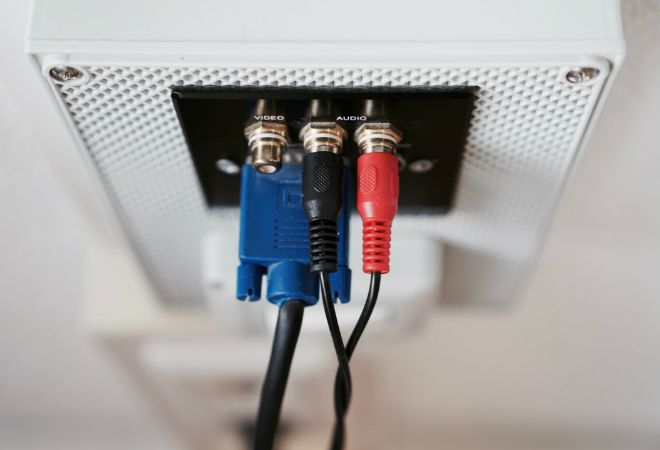One of the curious flipsides of technology is that the faster our computers become, the easier it is to crack passwords. It’s important to have good passwords but there’s no point generating long strings of random characters if you can’t remember them.
Ideally, a strong password should be 10-14 characters long containing a mix of symbols (uppercase and lowercase letters, numbers, and punctuation characters). While you could use an online tool like www.passwordsgenerator.net, the randomness of the codes makes them too difficult to remember. Instead, try one of the following methods below.
- Sentence method
Start by thinking of a sentence. It could be the name of a song, book, a movie, or some crazy sentence that is so weird you’d never forget it. Then apply character and phonetic substitutions. Let’s see it in action:
- “The Lost Art of Conversation” by Pink Floyd’s 2014 album “The Endless River”
The Lost @rt 0f Conversation by Pink Floyd’s 2014 @lbum The Endless River
TL@0CbPF’s2014@TER
- Chaining
Because we should replace our passwords two or three times a year and never use the same password on more than one site we can use chaining.
For this, we create two shorter passwords using the sentence method above. The first is used as a base or prefix for all of our passwords. The second is an individual “app password”. When we need to update our passwords we simply change the base so there is only one change to remember.
- Base Password – One Step Closer by Linkin Park!
0ne $tep closer by Linkin Park!
0$cbLP! - App Password 1: my facebook account is mine
my Facebook @ccount is mine
mF@im - App Password 2: hands off my gmail account!
Hands 0ff my Gmail @ccount!
H0mG@!
Combining the base and app passwords we get 0$cbLP!mF@im for Facebook and 0$cbLP!H0mG@!for Gmail. The key is to read the sentences to yourself in your mind and make the substitutions as you type them.
- Keep them safe
Keep your passwords confidential and avoid writing them down too. Instead, store them in a digital locker. There are lots of password storage utilities online but it’s safer to use a tool that you can install on your machine.
Try KeePassX. It’s open source and works on Windows, Mac, and Linux. Because it has been actively developed for years, it isn’t going to disappear any time soon.
Modern web browsers also offer to store passwords. If your device is only used by you and is password-protected you can use this feature but keep in mind that the best way to remember passwords is to manually type them out regularly!
- Prevent Account Hijacking
If you’re serious about protecting your online accounts, turn on two-step authentication. A security code will be sent to your mobile phone whenever you log into your account from a new device (or application). You can also generate single-use disposable codes for logging in from untrusted devices (e.g. shared computers in internet cafés).
- windows.microsoft.com/en-us/windows/two-step-verification-faq
- google.com/landing/2step/
- Facebook: look for Login Approvals under Security Settings
The above suggestions require a bit of effort on your part investing a little time now will give you protection and peace of mind in an age where online security breaches are a daily occurrence!
Luke Chaffey is a Digital Marketing Specialist with KBB Digital. For advice on Digital Marketing, including SEO services and Digital Strategy, visit KBB Digital
Want more? Get our daily wrap delivered straight to your inbox!









































Trending
Weekly business news and insights, delivered to your inbox.